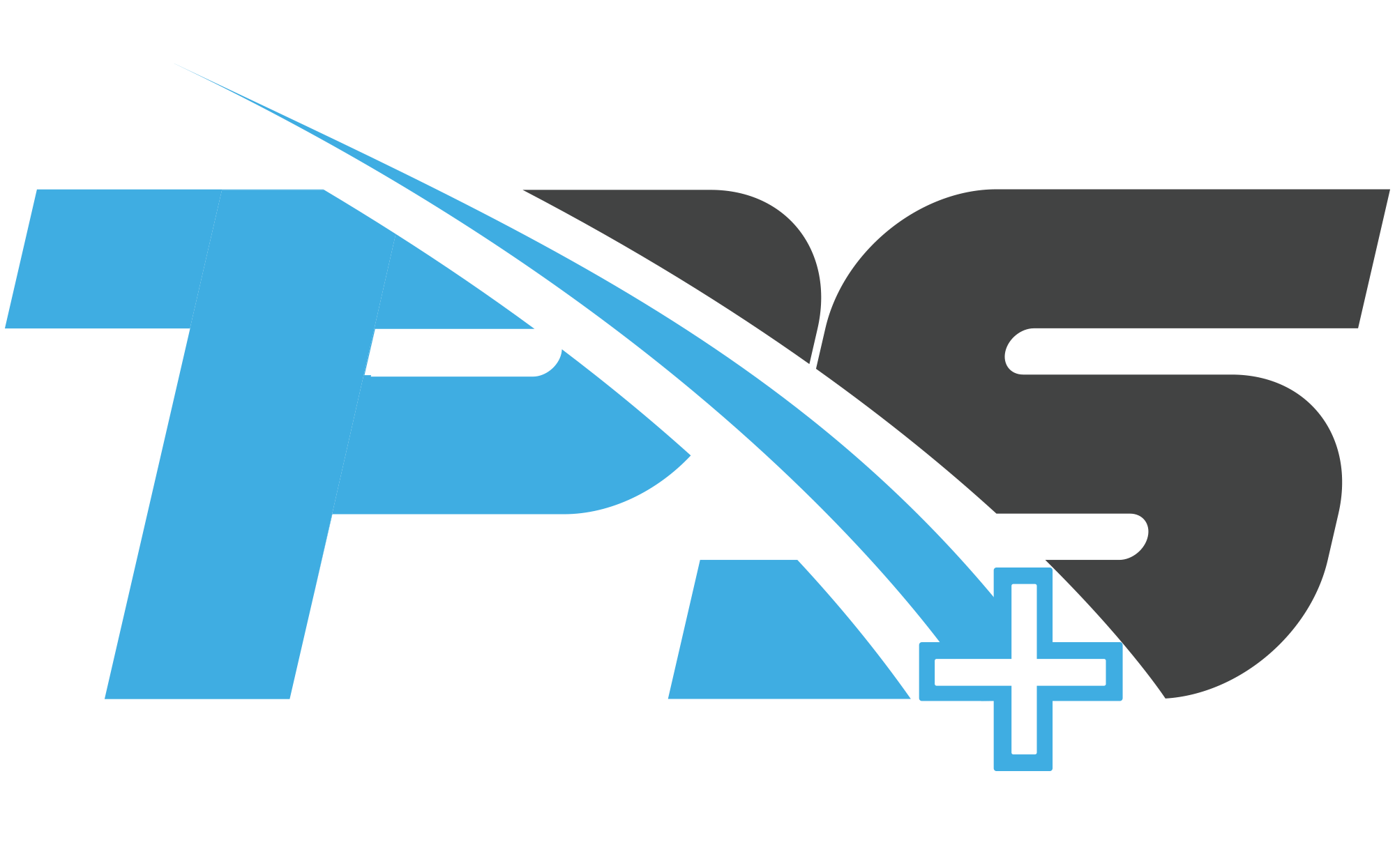Payroll Tax
What is a Payroll tax?
A payroll deduction is an amount held back from an employee’s paycheque by the employer. This money is used for paying taxes, benefits like health insurance, or contributions to the Canadian Pension Plan. An employee’s income can be in the form of salary, commission, bonuses, business expenses such as a car allowance, or other sources of income. To start an employee on a payroll program, you need their social insurance number (SIN) and a completed TD1 form can be found on the Canada Government website.
Payroll deductions employers are responsible in Canada
As an employer, you are responsible for deducting income tax, Canadian Pension Plan contributions, and Employment Insurance premiums. If your organization asks that employees pay a portion of their health benefits, then this needs to be deducted from their payroll as well. When it comes to tax time, you must record your employee’s income and deductions appropriately on a T4 or T4A slip.
If your company resides in Quebec, the contributions differ from the rest of the country. In Quebec, employers deduct the Quebec Pension Plan (QPP) instead of the Canadian Pension Plan. The province also deducts its own provincial tax, the Quebec Parental Insurance Plan, and Employment Insurance premiums.
When collecting the deductions from an employee’s paycheque, it is best to keep that money in a separate account.
What do employers need to know about reporting income and payroll taxes — including YTD amounts, ROEs, payroll year-end, T4s and switching payroll providers?
The timing of when you have to send your payroll taxes to the CRA depends on the average amount of payroll taxes you collect each month. In other words, it’s based on historical amounts. Frequencies are usually quarterly, monthly, twice monthly or weekly. Even if you don’t have source deductions for a month or quarter, you still have to file a nil report.
YTD and payroll year-end
The amount you’ve paid in payroll taxes during a fiscal year is called your year-to-date (YTD) amounts. Your YTD amounts have to be accurate so that you don’t over or underpay your payroll taxes. In turn, these figures are used for your year-end reports.
At the end of the year, employers must complete and file a T4 summary report, which shows all the payroll tax amounts connected to your business’ payroll account number. In turn, you must provide T4s to each of your employees by the last business day of February.
YTD and changing payroll providers
If you’re ever changing payroll providers or using software for the first time, you will also need accurate YTD amounts. Unless you start or switch right at the beginning of a new fiscal year, you need your YTD amounts to ensure that you’re paying the correct amount of payroll taxes.
